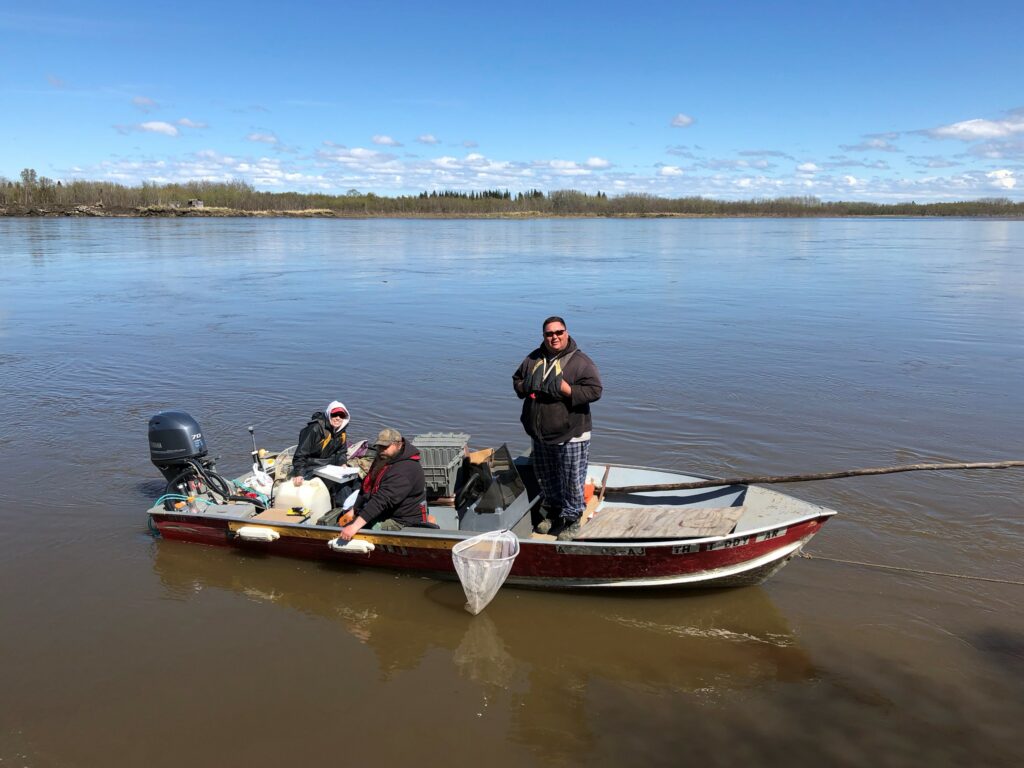Kuskokwim River Studies
Lands in Focus: Presented by Calista Land & Natural Resources Department
Storyknife, Jan/Feb 2023 edition


For four weeks last summer, scientists conducted studies in the Kuskokwim River, assisted by a landing craft and crew from the Native Village of Napaimute.
The goal was to gather more information related to rainbow smelt habitat and river navigability—two important topics in the development of the Donlin Gold Project.
“Evaluating the project and minimizing its impacts doesn’t end with permitting.”
Enric Fernandez, Donlin Gold Permitting and Environmental Manager.
The Environmental Impact Statement (EIS) for the Donlin Gold Project, published in 2018 after more than six years of data gathering, concluded that the impact of the project on salmon and smelt habitat would be minor. But the EIS didn’t close the book on environmental studies.
“Evaluating the project and minimizing its impacts doesn’t end with permitting,” says Enric Fernandez, Donlin Gold’s Permitting and Environmental Manager.
The purpose of the Kuskokwim river studies is to further understand the river and limit the project’s potential impact on fish habitat and river users, Fernandez says.
For example, Donlin conducted a bathymetric survey along sections of the river known to be rainbow smelt spawning habitat. This will be used to evaluate propeller forces—through computer modelling—and potential wake effects on the shoreline.
Shallow sections of the Kuskokwim were surveyed in 2007 but were surveyed again due to potential changes in the river system, Fernandez explained.
Analysis from the data collected along the river in 2022 has begun, Fernandez said, and is expected to continue in 2023.
Contact Calista about the Donlin Gold Project at Calista_Land@calistacorp.com.